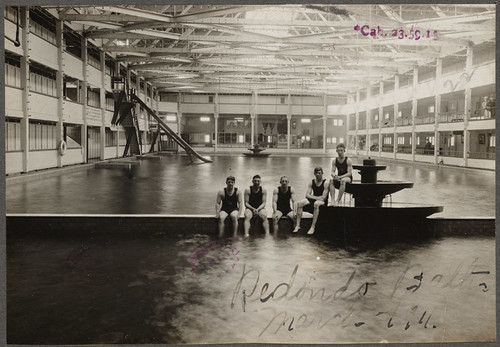Just got this in my inbox this morning and figured I’d share. I edited a little bit and added some hyperlinks, also suggested that BPL needs an announcement blog along the lines of the nifty one at NYPL Labs.
Hi Jessamyn and Alison,
Thanks for blogging about our Flickr presence last week… your influence was greatly felt (to the tune of 2,500 hits on the day of your post, with virtually no other publicity at all).
I wanted to let you know about a couple of this week’s developments:
- In response to comments on Jessamyn’s blog, we’ve gone ahead and opened up all of our items to tags and comments from any Flickr user; we welcome/encourage/request any and all submissions. We’ve made the photo titles more meaningful as well, instead of simply using our digital accession numbers.
- In addition to the 1,227 items posted last week, we’ve added 4,523 really cool vintage postcards of New England, geotagged by the location pictured (and therefore viewable on our map). It’s so cool that I’d probably lose a lot of productive time playing with this stuff if it weren’t my actual job to play with this stuff.
- We’ve got two or three more collections identified for uploading in the very near future, with plenty more to come after that.
- We’re still waiting to see if Flickr will let us use the “No known copyright restrictions” license that they created for the Flickr Commons pilot project.
If you feel like any of this is newsworthy enough to treat your readers to a followup, we can always use a little pre-launch publicity. :-) Either way, I’ll be sure to keep you both posted as the project continues to grow.
Thanks!
Michael—
Michael B. Klein
Digital Initiatives Technology Librarian
